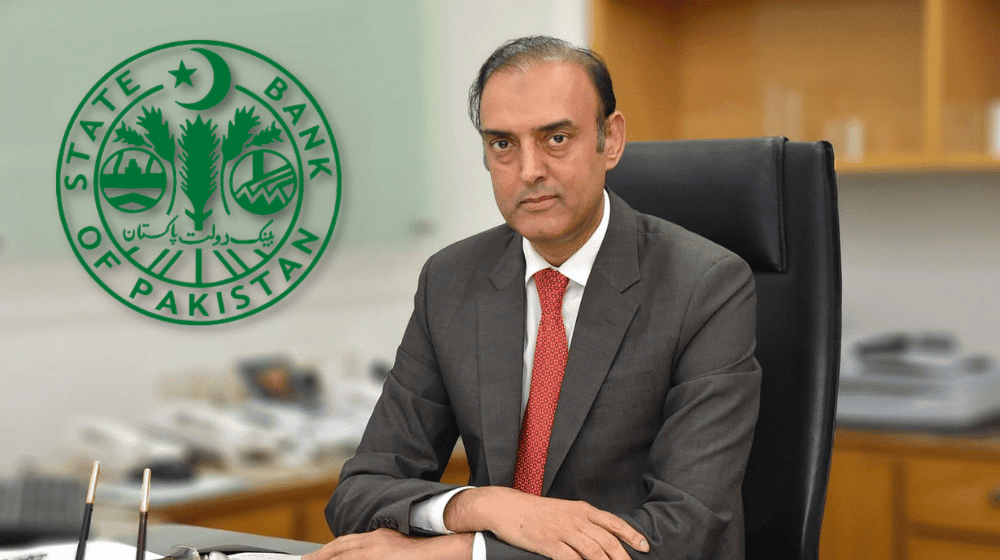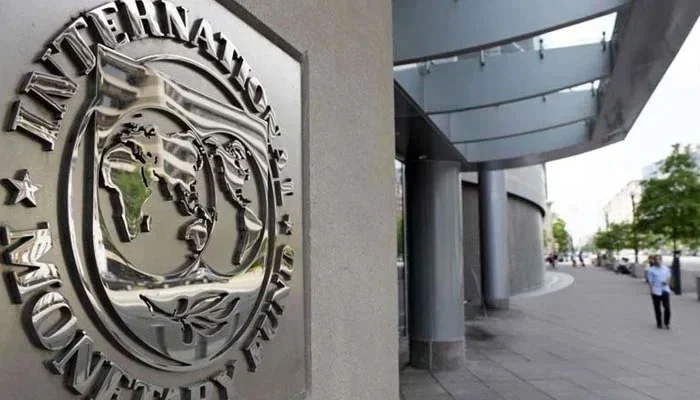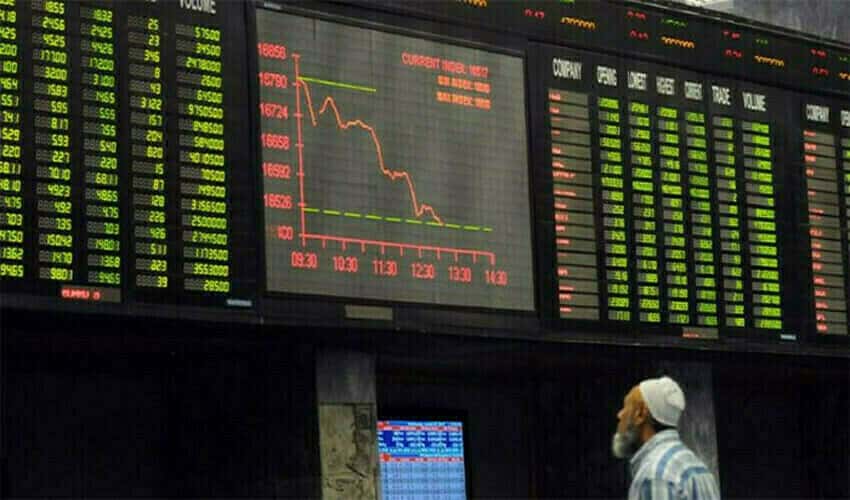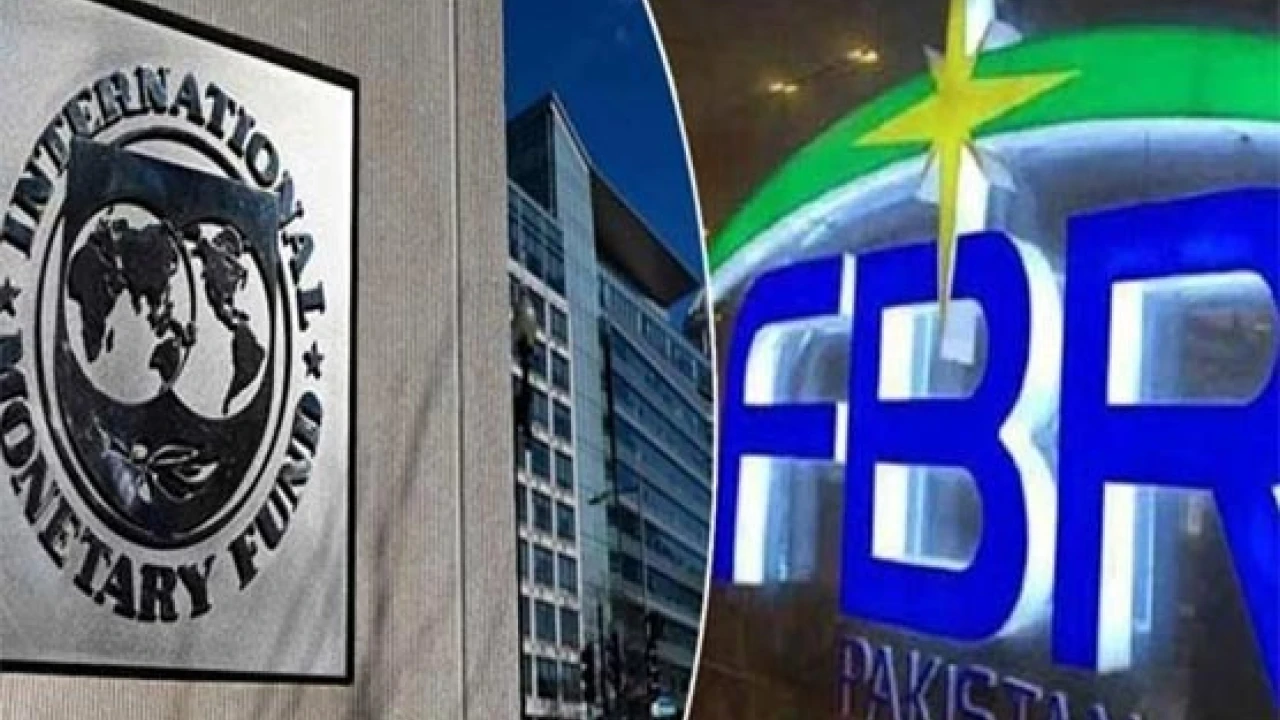PTBP Web Desk
The Governor of the State Bank of Pakistan (SBP), Jameel Ahmad, announced that the government’s recent buyback of Market Treasury Bills (MTBs) will have a significant impact on the economy, particularly by increasing the private sector’s access to bank loans.
His remarks come after the federal government accepted bids amounting to Rs351 billion in a buyback auction of MTBs held on Monday.Ahmad explained that the government’s liquidity position is currently strong, allowing it to initiate the buyback process. “The government financing requirement is very low at the moment because they have liquidity available, as a result of which they have initiated this buyback process,” he told media.
He further noted that this move would have a positive ripple effect on the economy, leading to a reduction in borrowing costs and an improvement in market dynamics. “The borrowing cost will reduce, and other market dynamics will improve, which will be a positive for the economy,” he added.
Ahmad emphasized that the funds released through the buyback would primarily be used by banks to enhance lending to the private sector. This is expected to inject much-needed capital into businesses, fueling growth across various industries. “The funds released from here will be used by banks for private sector lending,” he stated.
The SBP Governor’s remarks align with Pakistan’s broader efforts to support private sector development, as increasing access to credit has been a long-standing priority. By freeing up capital, the government aims to create a more favorable environment for businesses to grow, invest, and expand.
In addition to discussing the government’s liquidity position, Ahmad highlighted recent improvements in Pakistan’s foreign exchange reserves, bolstered by the latest funding from the International Monetary Fund (IMF). The central bank’s forex reserves have now reached $10.7 billion, equivalent to two months of the country’s exports.
“The country’s reserves have reached $10.7 billion, which is equivalent to two months of exports,” said Ahmad, underscoring the significance of these developments for Pakistan’s financial stability.
The IMF recently approved a 37-month, $7-billion Extended Fund Facility (EFF) for Pakistan, aimed at supporting the country’s economic reform agenda. The first tranche of the program, equivalent to $1.03 billion in Special Drawing Rights (SDR), was received by the SBP last week.
This agreement followed a staff-level agreement between Pakistani authorities and the IMF in July, providing Pakistan with much-needed financial support to stabilize its economy and manage external payment obligations.
Ahmad also highlighted several positive developments in Pakistan’s foreign exchange (FX) markets, noting that the country’s import-related and other payment requirements are being easily met. “The current level of reserves and liquidity position is good, and pending payments, including dividends, have also been cleared,” he stated.
He pointed out that there is no current pressure on Pakistan’s FX markets and that inflows through various channels, including the Roshan Digital Account (RDA) and remittances from overseas Pakistanis, have increased significantly. This improvement in inflows has contributed to enhanced liquidity and a more stable FX market environment.
“Inflows under RDA and remittances have also increased considerably, which has improved liquidity in the FX market,” Ahmad said, further solidifying the positive outlook for Pakistan’s financial position.
Ahmad’s remarks underscore the central bank’s confidence in Pakistan’s economic recovery, supported by improved liquidity, increased reserves, and greater private sector lending opportunities. The government’s decision to buy back MTBs is a strategic move to reduce borrowing costs while also enabling banks to focus more on lending to the private sector, which is expected to play a key role in driving economic growth.
With forex reserves now at more comfortable levels and external payments being met without difficulty, Pakistan’s short-term economic outlook has brightened. However, sustained efforts will be needed to ensure long-term stability, particularly in maintaining fiscal discipline, improving export competitiveness, and attracting foreign investment.
As the SBP continues to monitor these developments, the focus will remain on ensuring that the private sector can capitalize on the newly available liquidity, which could help spur growth in key sectors such as manufacturing, agriculture, and services. The central bank’s proactive approach, combined with the support from the IMF and improvements in remittance flows, presents a more optimistic outlook for Pakistan’s financial health.




